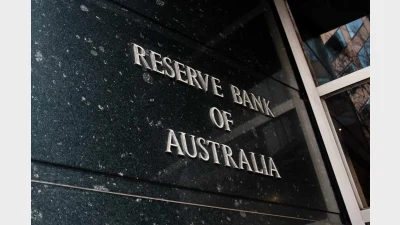Protecting the interests of superannuation members


Here we go again. Politicians and public servants looking at the possibility of superannuation funds underwriting their policy objectives.
Memo to all politicians and public servants: the Australian superannuation industry is not to be used as a revenue milch cow nor as a source of funds with which to prop up industry sectors or provide liquidity when times are tight.
There is a tendency for politicians and, indeed, the odd public servant to look at Australia’s billions of dollars of accumulated superannuation savings as a resource which can be leveraged to deliver public policy outcomes or, in the case of securitisation, to deliver liquidity where the market has seen fit to hold back.
Over the past 10 years there have been any number of politicians who have looked to Australia’s growing pool of superannuation savings as a source of funding for their particular pet projects, whether it be infrastructure development, cheaper housing or industry subsidies.
What these people have failed to adequately understand is that Australia’s superannuation savings have, via the terms of the relevant legislation and the trust structure of superannuation funds, been quite rightly placed well beyond the reach of politicians no matter how well-intentioned their agendas.
However, these legislative and trust structure safeguards have not always acted to prevent superannuation monies being invested in politically-motivated projects. On a number of occasions, superannuation fund trustee boards have voted to make investments that might be broadly interpreted as complying with the wishes of their corporate and political masters.
In NSW, for instance, members of a public sector fund saw the value of their investments undermined by a decision to invest in a public/private partnership involving one of Sydney’s many road tunnels while, elsewhere, at least one or two corporate funds have run foul of members on the basis of poorly-researched investments.
Given the tendency for those pursuing particular agendas to see the world through rose-coloured glasses, it seems probable that they have chosen to overlook the fact that Australia’s superannuation funds have spent the past two months communicating the reality of seriously negative returns to their members.
While ratings houses have tended to discuss the decline in superannuation fund returns in terms of percentages, those working in superannuation fund call centres will tell you that members have been talking in terms of dollars and cents.
What is more, instead of talking about a 10 per cent or 11 per cent decline, fund members have been talking about the loss of $10,000 or $11,000 off of their previous superannuation fund balance.
So is this a good time to be suggesting to superannuation funds that they get re-involved in the securitisation business? Probably not.
Notwithstanding the suggestion by a Treasury official in mid-August that he could not speculate on why superannuation funds had not got involved in the securitisation market, only one or two superannuation fund executives indicated they would be tempted into such a strategy.
All the anecdotal evidence points to the fact that superannuation fund trustees have been decidedly cautious in the face of the current market volatility, and it seems likely that the continuing taint associated with the US sub-prime meltdown will ensure that they continue to steer clear of most mortgage-related products.
But, as the Treasury official said: “They [the superannuation funds] make their own decisions.”
Of course, there are likely to be at least some superannuation funds that, acting on the advice of their consultants, will venture into the validity of their decision/strategy, which will then be weighed against the impact that has on the ultimate returns they deliver to members.
Those who have been through previous market downturns will know that while a cautious approach is well advised through periods of high volatility, so too is a preparedness to position appropriately for the eventual recovery.
That said, how funds position themselves in terms of investment options is a matter for their trustee boards — not politicians and certainly not officials of the Federal Treasury.
Recommended for you
High risk, high return assets will become dangerous options for superannuation funds under the Federal Government’s planned $3 million superannuation changes, writes Brad Twentyman.
Economic policy can no longer ignore the macroeconomic impacts of Australia's superannuation system and the emerging policy implications, writes Tim Toohey.
In an age where climate concerns and social consciousness dominate headlines, it’s no surprise that investors are increasingly seeking investments that align with their values, writes Simon O’Connor.
How profit-for-member superannuation funds can embed 'commerciality with a heart' and marry a member-first culture with commercial outcomes.













